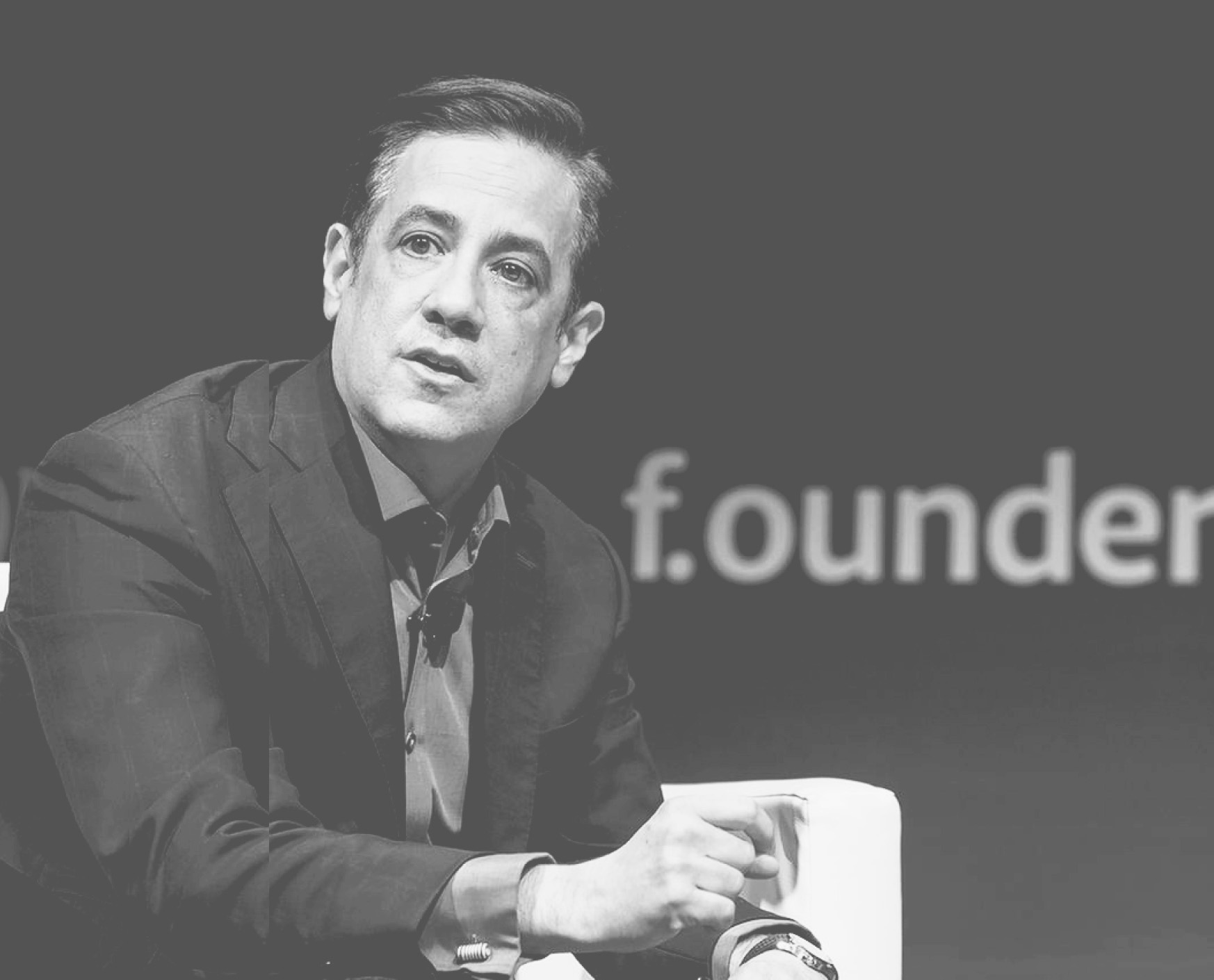This is the fourth installment of the Total Monetization Series. We’re challenging companies to move beyond one-size-fits-all pricing models and craft a dynamic mix of offerings and business models that meet ever-changing consumer demand. This customer-centric and future-proof approach can unlock recurring growth and gives modern businesses staying power.
Hey, Subscribed Community! I’m Pete Hirsch, Chief Product & Technology Officer at Zuora. In the last edition of Subscribed, Tien and I discussed the critical role technology plays in enabling Total Monetization. The conversation sparked so much interest that there was plenty left to unpack! Don’t worry; Tien will put the cape back on next time to continue helping us make sense of the shift modern businesses need to make to have staying power in this mature market.
But today, I offer my take: A modular approach to Total Monetization.
What does that mean? Well, I recently spoke with a customer transitioning from a seat-based pricing model to a usage-based model. The overall goal was clear, but the specifics of the new pricing structure remained a mystery.
How would they make the shift, do it quickly, and do it without it being a big production and breaking stuff? How would they know if this new model was the right approach? What if they wanted to try something different later? What if they wanted to have both models and then some? And how would they know which approaches worked best? These were just some of the questions they grappled with.
This is where the power of modularity entered the mix. In essence, modularity is the ability to break down a system into smaller, independent components that can be easily assembled, reconfigured, and replaced. Think of it as a customizable toolbox brimming with pre-built monetization components – billing engines, subscription management tools, metering modules, and more.
By using a modular monetization platform with an independent metering and rating solution, this customer could analyze their historical customer usage data. This data provided valuable insights into customer behavior patterns, allowing them to experiment with different pricing models and pre-paid draw-down options – all before implementing their billing solution and updating customer contracts.
This modular approach empowered their teams to work more independently. They could delve into usage data and experiment with pricing structures without needing a complete picture up front. It’s an agile approach, a principle that’s been well-established in software development for decades, but which hasn’t been readily available in complex back-office transformations until now.
Connecting the dots: Technology and Total Monetization
When Tien and I spoke last time, I highlighted the need for a foundation to support dynamic pricing structures, efficient monetization across the customer journey, and continuous adaptation to market demands.
It’s only a modular monetization platform that perfectly aligns with and can collectively accomplish these principles. As demonstrated by our customer’s experience, it empowers businesses to:
- Be the architect of their monetization platform for optimal control, choosing vendors that prioritize interoperability with other systems for ultimate flexibility in designing systems and processes.
- Make strategic investments without the need for a “big bang” approach. This simplifies decision-making, fosters a deeper understanding of the value proposition for each component, and facilitates future innovation. To ensure true composability and future-proofing, the chosen platform should provide crisp definitions of architecture building blocks and utilize an API-driven approach for seamless integration with other systems.
- Use robust metering capabilities to capture granular usage data for individual product components. Businesses can use this data to refine pricing models, identify under-monetized features, and personalize offerings to specific customer segments – all perfectly aligned with the emphasis on understanding customer usage patterns, a topic we delved into in our previous discussions and will continue to talk about more in the future.
This takes Total Monetization from strategy to concrete action. The full power of Total Monetization can only be unlocked with the right technology: a modular monetization platform. Its flexibility and scalability gives businesses the freedom to experiment with and adjust offerings to match customer — and market — demand as quickly as it evolves. Modular monetization platforms are the ultimate tools businesses can wield to enact customer-centric and future-proof monetization systems that achieve recurring growth and long-term success.
Once you have the right technology in place, then the fun can really begin!
Stay tuned for more conversations about Total Monetization. We’re just getting started and have so much more to cover. See you next time.

